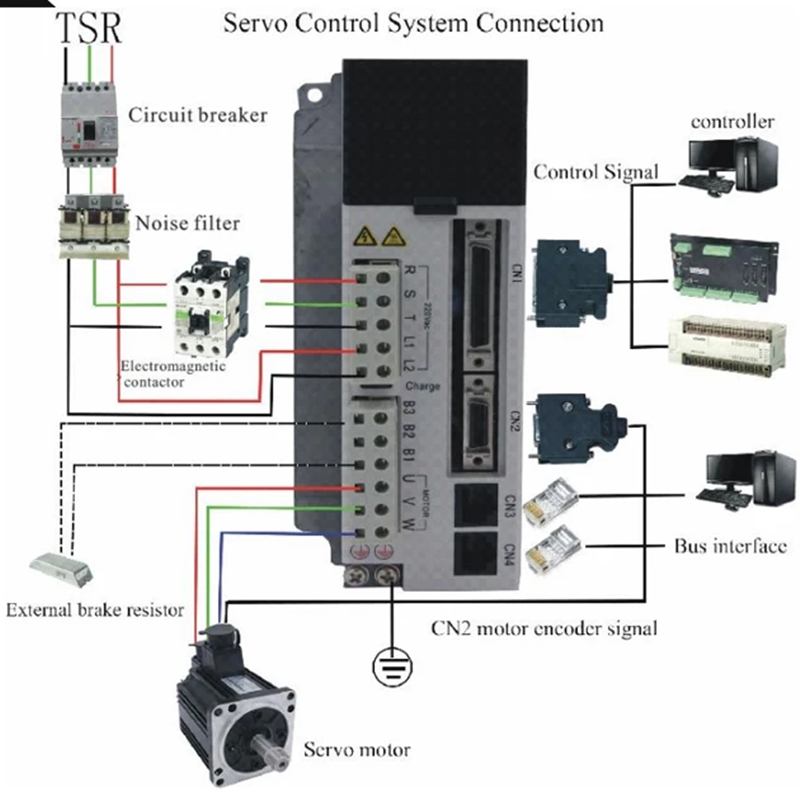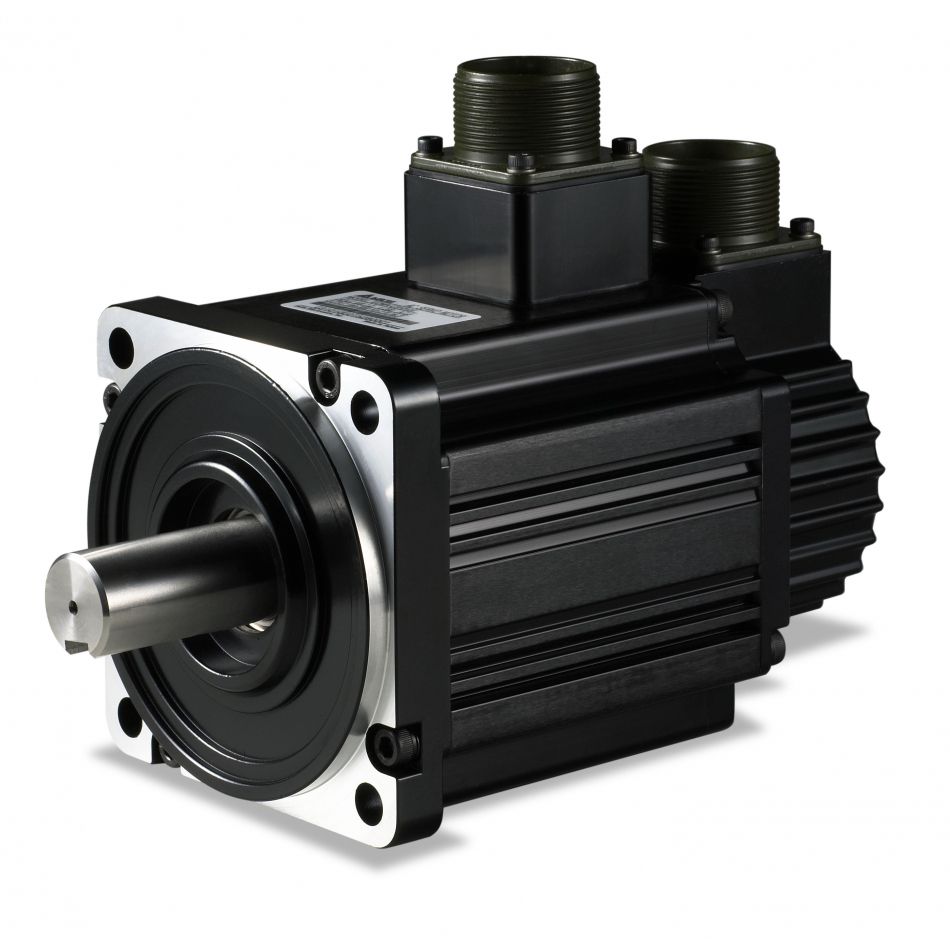The Ultimate Guide to AC Servo Motors: Top Tips for Selection and Application
AC servo motors are indispensable in modern automation, robotics, and precision control systems. This ultimate guide provides comprehensive insights into AC servo motors, their functions, applications, and expert tips for selecting the best motor for your needs. Our goal is to provide valuable, engaging content that meets AdSense approval standards.
What is an AC Servo Motor?
An AC servo motor is an electric motor driven by alternating current (AC) that allows for precise control of angular position, velocity, and acceleration. These motors are highly reliable, efficient, and are commonly used in various industrial and commercial applications.

Key Components
- Stator: The stationary part that produces a rotating magnetic field.
- Rotor: The rotating part that follows the magnetic field.
- Feedback Device: Typically an encoder or resolver that provides real-time position and speed data to the controller.
How Do AC Servo Motors Work?
AC servo motors operate based on the interaction between the magnetic field generated by the stator and the current flowing through the rotor. The controller receives feedback from the encoder to adjust the motor’s position, speed, and torque precisely.

Advantages of AC Servo Motors
- High Precision: Capable of achieving extremely accurate positioning.
- Fast Response: Quick acceleration and deceleration.
- Efficiency: High energy efficiency, leading to lower operational costs.
- Durability: Robust construction for long-term reliability.
Applications of AC Servo Motors
AC servo motors are versatile and used in a wide range of applications, including:
- Industrial Automation: Enhancing the precision and efficiency of automated manufacturing processes.
- Robotics: Providing precise movement control for robotic arms and mobile robots.
- CNC Machinery: Ensuring accurate cutting, milling, and drilling operations.
- Aerospace: Used in flight simulators, satellite positioning systems, and more.
- Medical Devices: Incorporated in MRI machines, surgical robots, and other high-precision medical equipment.
Choosing the Right AC Servo Motors
Selecting the appropriate AC servo motor involves understanding your specific application requirements and matching them with the motor’s capabilities. Here are some key considerations:
1. Load Requirements
- Torque: Determine the torque required to move your load. Consider both continuous and peak torque needs.
- Inertia: Ensure the motor can handle the inertia of the load without compromising performance.
2. Speed and Precision
- Speed: Define the maximum speed the motor needs to achieve. High-speed applications may require motors with specific capabilities.
- Accuracy: Determine the level of positional accuracy and repeatability required for your application.
3. Environmental Conditions
- Temperature: Ensure the motor can operate within the environmental temperature range.
- Protection: Consider the need for protection against dust, moisture, and other contaminants (e.g., IP ratings).
4. Control and Feedback
- Controller Compatibility: Ensure the motor is compatible with your control system and supports necessary communication protocols.
- Feedback Mechanism: Choose between encoders, resolvers, or other feedback devices based on your precision needs.
5. Budget and Efficiency
- Cost: Balance performance requirements with budget constraints. High-performance motors typically cost more but offer better precision and durability.
- Energy Efficiency: opt for motors that provide efficient energy consumption to reduce operational costs.
Installation and Maintenance Tips
Proper installation and maintenance are crucial for optimal performance and longevity of AC servo motors. Here are some tips:
Installation
- Alignment: Ensure precise alignment to avoid undue stress and wear.
- Mounting: Use appropriate hardware to securely mount the motor.
- Cable Management: Properly route and secure cables to prevent damage and interference.
Maintenance
- Regular Inspection: Periodically check the motor for signs of wear and tear.
- Lubrication: Apply lubrication as needed to minimize friction.
- Firmware Updates: Keep the motor controller’s firmware up to date for optimal performance and reliability.
Conclusion of AC Servo Motors
Choosing the right AC servo motor involves a careful evaluation of load requirements, speed, precision, environmental conditions, control systems, and budget. By understanding these factors and considering the specific needs of your application, you can select the best motor to enhance your system’s performance and efficiency. Proper installation and maintenance will further ensure the motor’s reliability and longevity.


I gotta bookmark this internet site it seems very useful very helpful